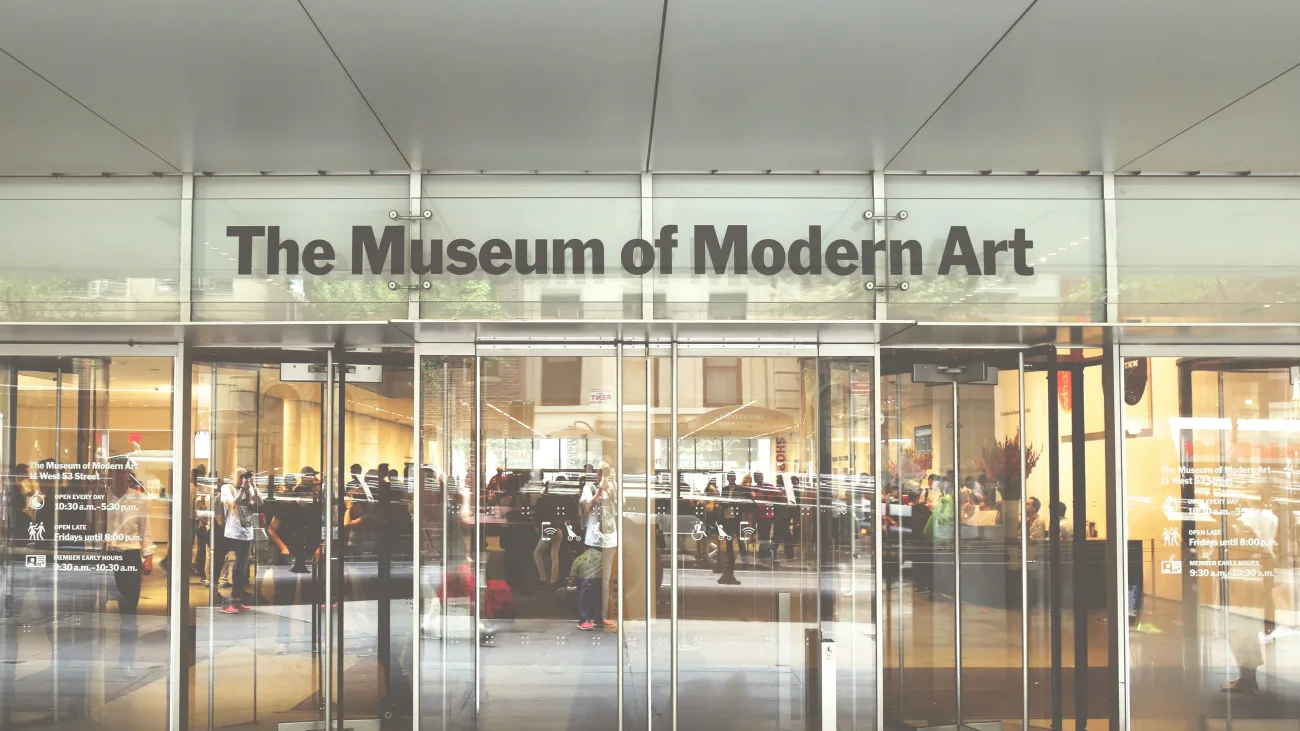It may perhaps be past-resort optimism soon after months away from significant museums, but “The Satisfied Unframed” actually left me imagining about the restrictions of a actual physical museum area. You can glean only so substantially information and facts from a wall textual content. Artworks just cannot be moved all over with no bureaucratic hurdles. In “real everyday living,” the flow of site visitors pushes you from one piece to the subsequent, possibly just before you’re prepared to move on. And seeking far too intently normally earns a stern “ahem!” from a close by protection guard — leaving brushstrokes and very small aspects out of view.

Not so in this semi-apocalyptic, pandemic-impressed vision of the Fulfilled. Absolutely sure, there’s no New Yorker pontificating about how “his before function was just so much better” (even though I’d make a circumstance for this attribute in a afterwards model). And the application itself has restrictions — it’s only accessible on your cellphone, and you simply cannot see the animation-enhanced paintings except you have 5G (possible a final result of the company partnership with Verizon). But in common, “The Fulfilled Unframed” may well be a single of a couple of electronic “experiences” that really provides additional to the artwork than it normally takes away from it.

During the pandemic, arts establishments have been forced to bolster their on-line existence. Some initiatives have succeeded — commonly when they resist attempting to replicate the authentic-globe experience. But lots of tumble flat. A Zoom tour can really feel like an additional perform assembly. The significantly-hyped on the net viewing room typically appears to be like nothing at all much more than a glorified webpage. And many online excursions are pixelated, akin to looking at artwork by way of foggy glasses.
In my possess vacant, nearly rendered Achieved, even so, I was surprised to come across that I basically spent additional time with some of the artwork than I have in person.
“Fifty-Four Scenes From The Tale of Genji,” a pair of 6-panel folding screens made in Edo period Japan, for case in point, is immediately putting for its huge detailing and scale. But if you aren’t familiar with the 11th-century Japanese epic and able to parse the dozens of scenes and figures, it’s complicated to find an entry point to get started to realize it.
In “The Fulfilled Unframed,” you’re tasked with finding aspects of numerous scenes — for instance, 3 girls rolling a substantial snowball or Genji’s wife confronting his former mistress. It’s no art heritage study course and would be great if it went even deeper — like Dutch community broadcasting company NTR did with Hieronymous Bosch’s “The Garden of Earthly Delights.” But a guided evaluation brings the art to daily life in a way that, even with a docent existing, would be complicated with the do the job a handful of ft powering a glass wall.
Such a product invites the usual criticism: It can be so imprecise as to be meaningless it reaches for relationship wherever there is none. In this virtual globe, as well, quite a few of the curatorial alternatives seem bizarre. Landscapes by Albert Bierstadt and Frederic Edwin Church someway wind up in the “Power” area. Rembrandt van Rijn’s self-portrait is inexplicably showcased in the “Journey” show.
In other conditions, the transform delivers welcome, surprising contrasts. Typically, hundreds of decades of record and a number of museum floors would separate say, “The Temple of Dendur” from a portray like “Soaring Green” by abstract expressionist Lee Krasner. But here, only one particular “door” separates them. And you might find decoding hieroglyphics a shockingly fitting way to prepare to look at an abstract painting, where by the nonrepresentational can feel like its very own language, too.
The main and only goal in the “game” — admittedly a extend to connect with it that — is to “unframe” artworks and “hang” them on your partitions. As enjoyable as it is to see a Van Gogh future to your bookcase or great aged Hatshepsut sitting down in your chair, it’s a bit of a a single-trick pony and way too made-for-sharing on social media.
But the “unframing” approach encourages a variety of engagement that can make tough-to-crack is effective obtainable to someone with no an art qualifications. For a person with it, it is simply a new way of searching. I cannot say I’ve ever actually considered how significantly of each colour Joan Mitchell applied in a distinct portray, but there are surely less beneficial techniques to glimpse her function.
Shockingly, the method truly succeeds with the significant is effective. Tasked with discovering flying condors, among the other facts, in Frederic Church’s “The Heart of the Andes,” the perform someway feels greater, richer. Sure, a 5½ -by-10-foot get the job done viewed on a 6-by-3-inch Apple iphone sounds like a catastrophe. But when sized down to your fingertips, what is monumental in individual turns into the two additional vast and a lot more intimate.
Total, “The Fulfilled Unframed” is an work out in on the lookout. It might — as was the circumstance for me right after I traversed Church’s landscape — make you far more fired up to see the art in man or woman, to find the information you zoomed into on your cellular phone. It could even make you homesick for that regal creating on Fifth Avenue.
